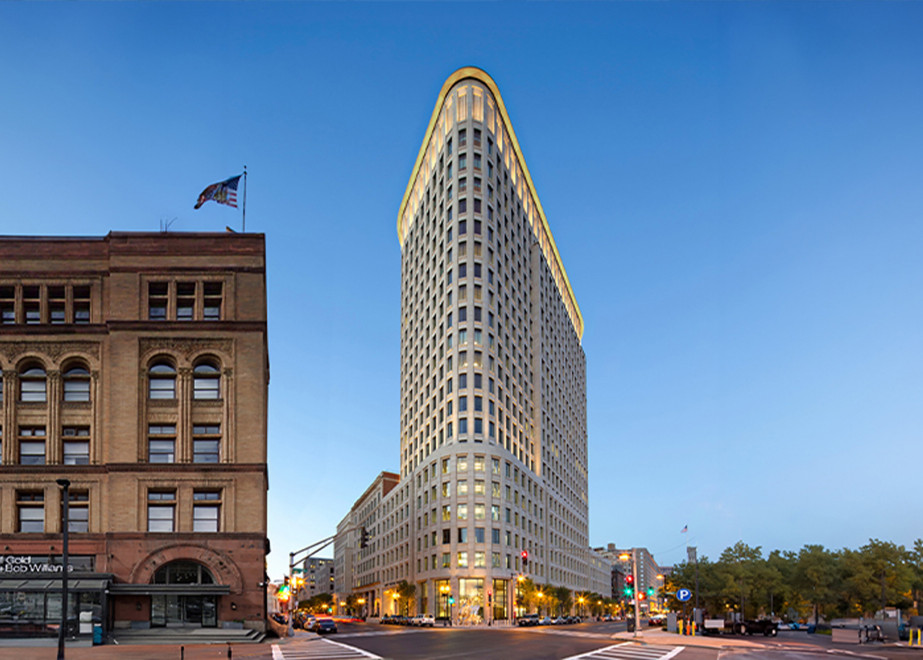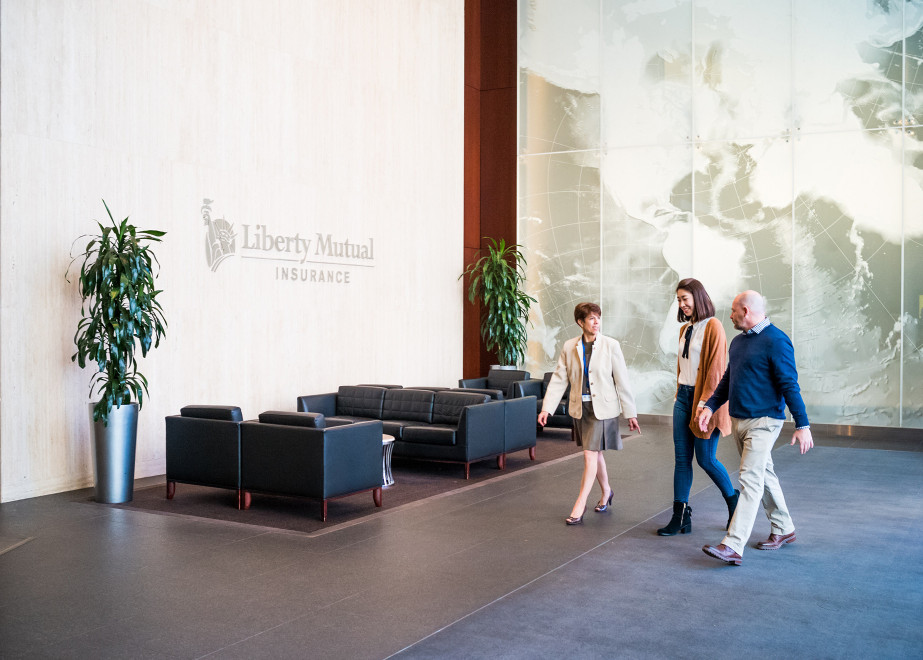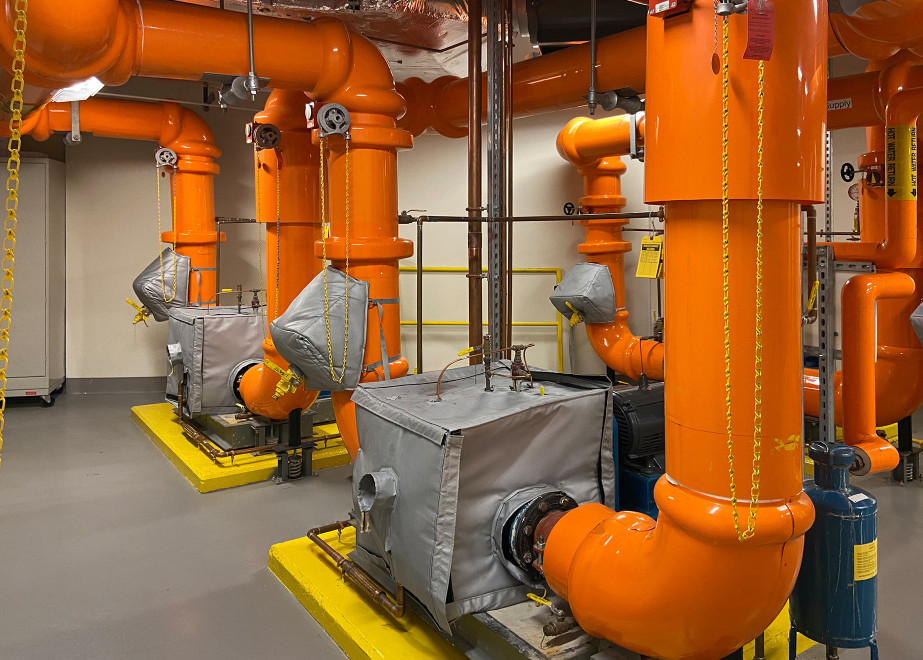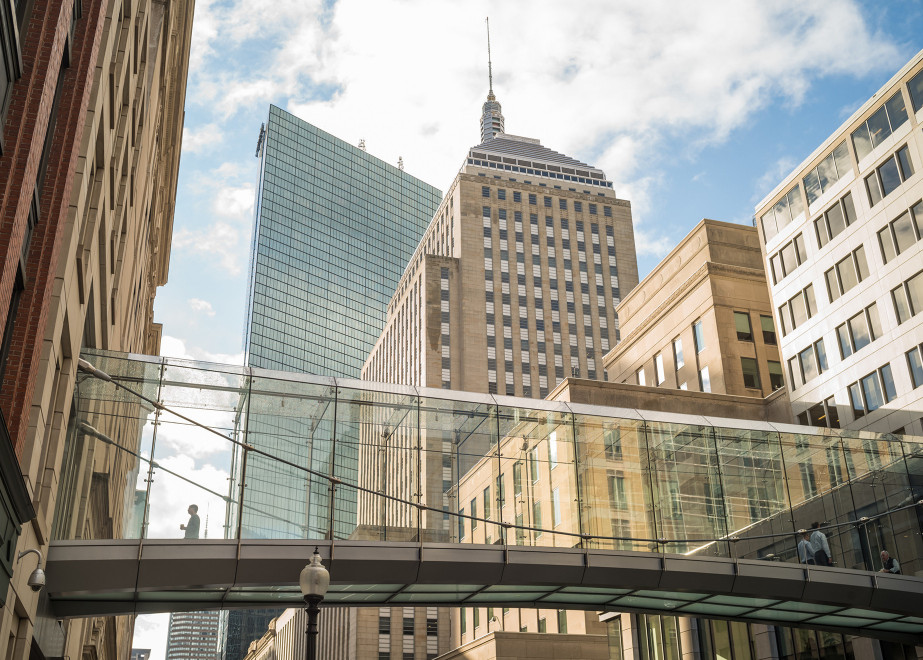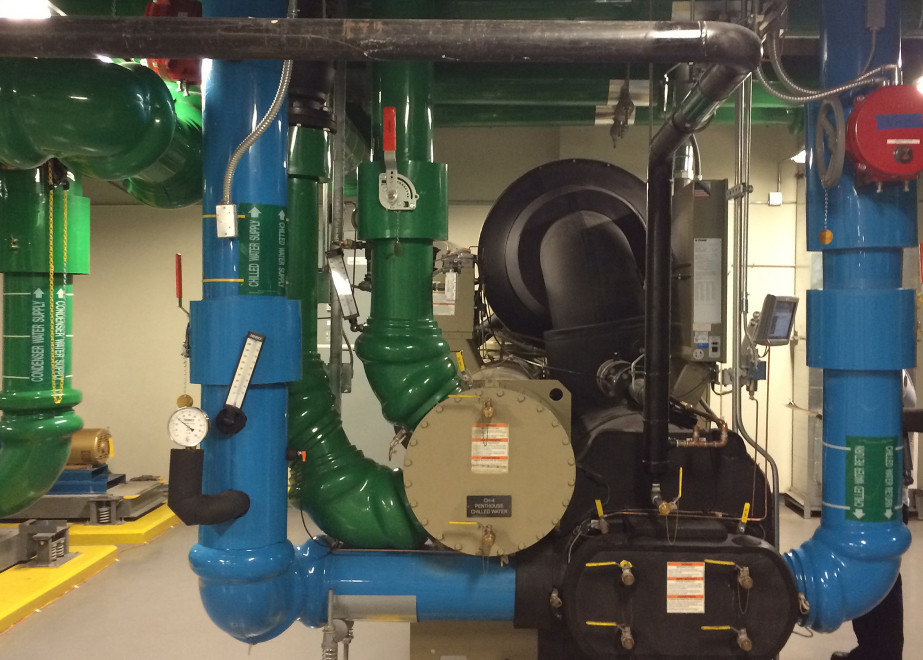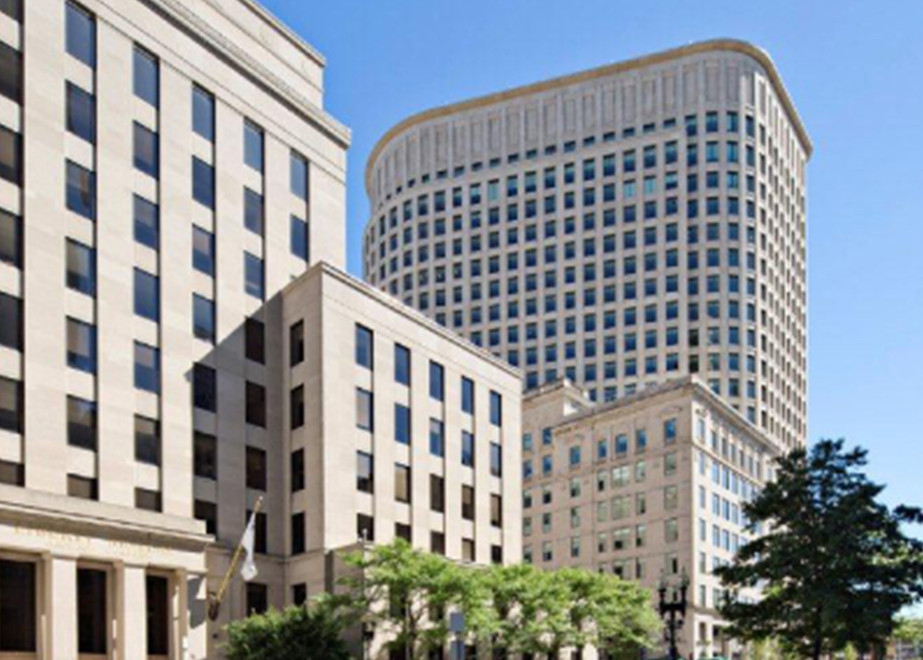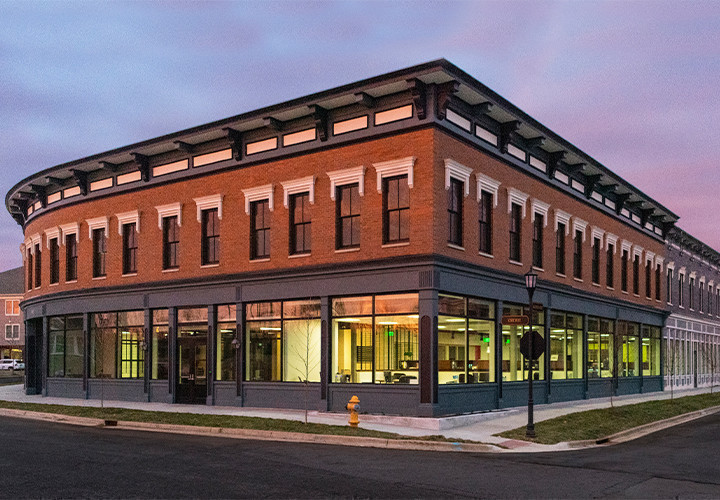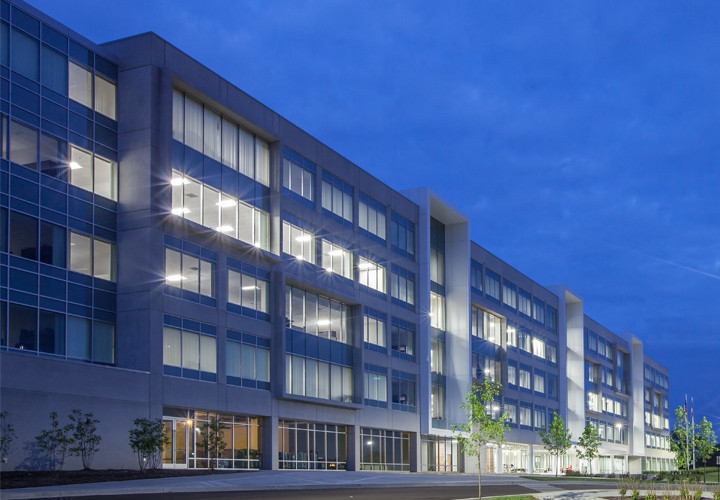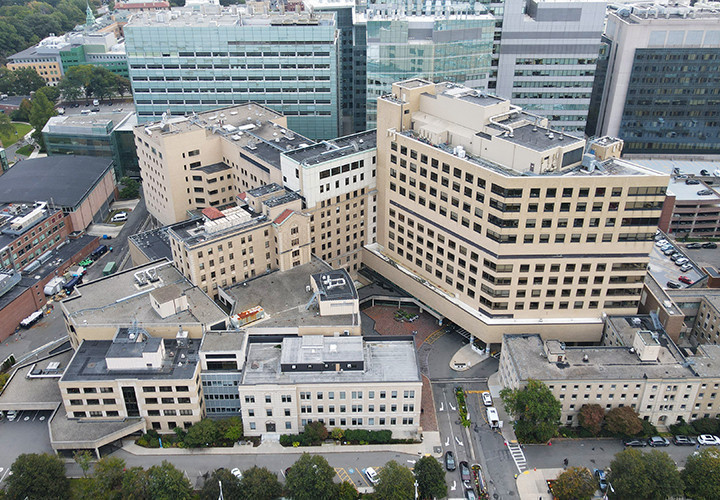The Solutions
The 157 Berkeley Street / 330 Stuart Liberty Mutual expansion project was LEED Gold certified when constructed. As part of the LEED certification, a LEED occupant survey was conducted, with the results reviewed by the owner. Feedback from the survey included thermal comfort complaints, indicating the need to adjust, optimize, and fine-tune the building controls strategy for improved occupant comfort, system operation, and efficiency.
This initial occupant survey alerted the owner to the concept of continuous commissioning, laying the foundation for 157 Berkeley Street to become one of the best-performing office buildings in Boston. The owner is committed to continuously improving the building’s HVAC systems’ operation to ensure occupant comfort, health and wellness, energy efficiency, and optimum operation. From initial occupancy to the present, energy use and operating costs have continuously decreased through continuous commissioning and energy conservation projects.
While the typical commercial office building in Boston indicates a relatively constant energy use intensity (EUI) over time, the 157 Berkeley Liberty Mutual Tower has steadily decreased its EUI. From 2014 to 2022, the owner reduced the total annual energy consumption by an impressive 60.7%, bringing the EUI down from 89 to 35 and saving the owner $4.5 million in utility costs since 2014. This impressive achievement is a result of the owner’s ongoing efforts and strategic approach to energy reduction and building system optimization, as outlined in their Master Plan. CMTA has helped Liberty Mutual Boston implement the following energy efficient control strategies:
- Optimizing hot water condensing boiler operation with pumping speed control strategy using delta T with modifying boiler pumping from primary / secondary to primary pumping. Reset hot water temperature based on occupancy and day versus night setpoints.
- Optimizing hot water pump activation based on polling interior zone temperature instead of outdoor air temperature. Implementing summer lockout for heating while not impacting occupant comfort level.
- Implementing setback temperature in unoccupied spaces such as freight elevator lobbies, and storage rooms during the day, i.e., adjusting setback to 68°F heating / 75°F cooling from 72°F heating / 73°F cooling. Implementing a higher space temperature setpoint in computer/IDF closets to 75°F from 72°F with the design team developing a controls strategy that included exhaust ventilation staging.
- Starved box strategy has been integrated for all AHUs, polling each floor’s terminal devices.
- Pairing conference terminal equipment (fan coils and VAV boxes). The majority of this building’s conference rooms have foldable partitions enabling a variety of configurations, with the typical large conference room served by two or three VAV boxes in adjoining spaces. These VAV boxes have been paired to for a common control signal for VAV box airflow and hot water valve eliminating fighting controls.
- Staged the enabling of the AHUs for one high rise and one low rise floor. They work in pairs to incrementally turn on, allowing the building chillers to be slowly staged on. This minimizes the building peak electric demand to provide peak electric load savings.
Designed for 2,900 occupants, the owner prioritized occupant comfort, health and wellness throughout the building’s continuous improvement project. To ensure proper ventilation, motion sensors and additional CO2 sensors were installed to maximize the effectiveness of demand control ventilation strategies in large collaboration spaces. The installation of VAV control for chilled beams ensures that the required ventilation air is provided based on occupancy, while also maintaining CO2 levels below the alarm setpoint. This commitment to indoor air quality is reflected in the building’s maintained Energy Star certification, which requires an annual site visit and IAQ testing. In 2022, the average CO2 concentration of five randomly tested spaces in Liberty Mutual Tower was found to be 512 ppm, well below the ASHRAE steady-state CO2 concentration ventilation requirements. These results are a testament to the owner’s dedication to optimizing indoor air quality.
